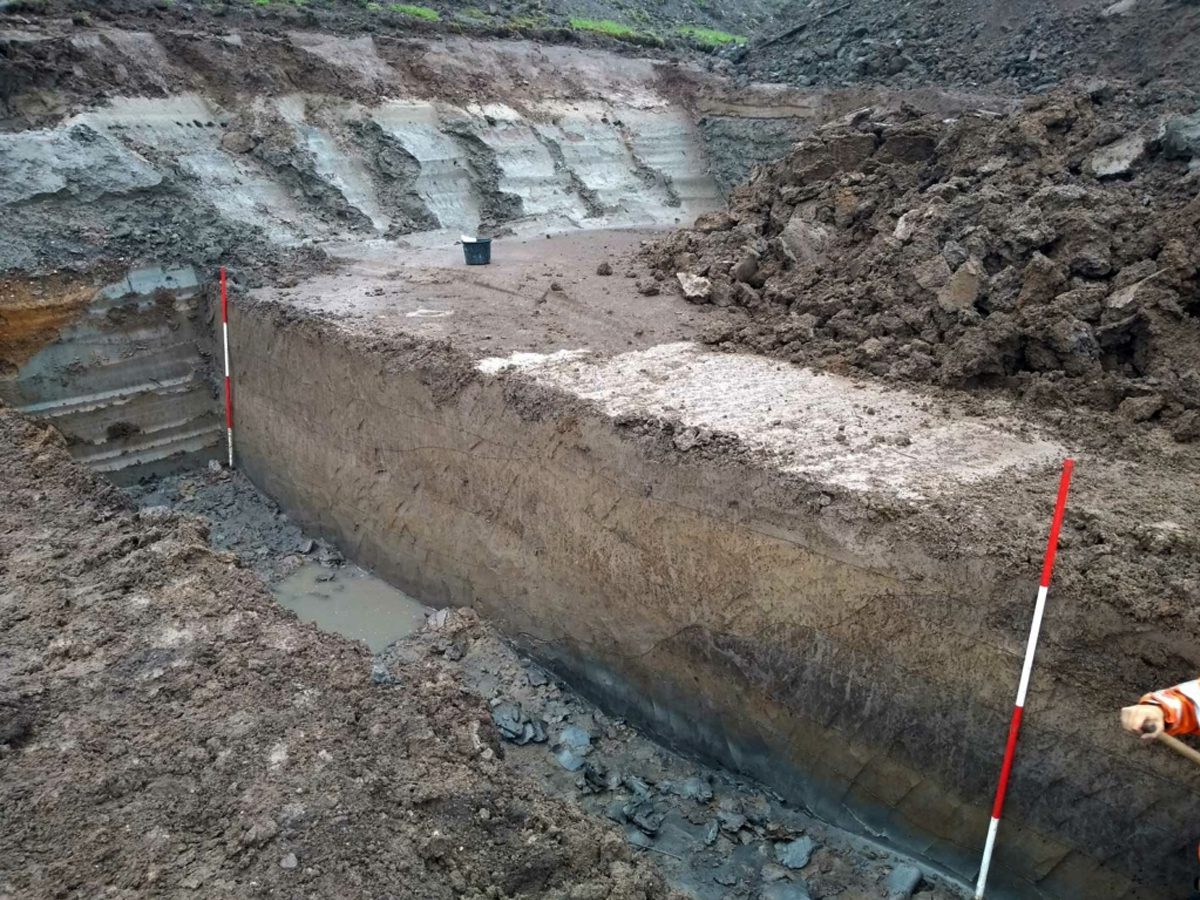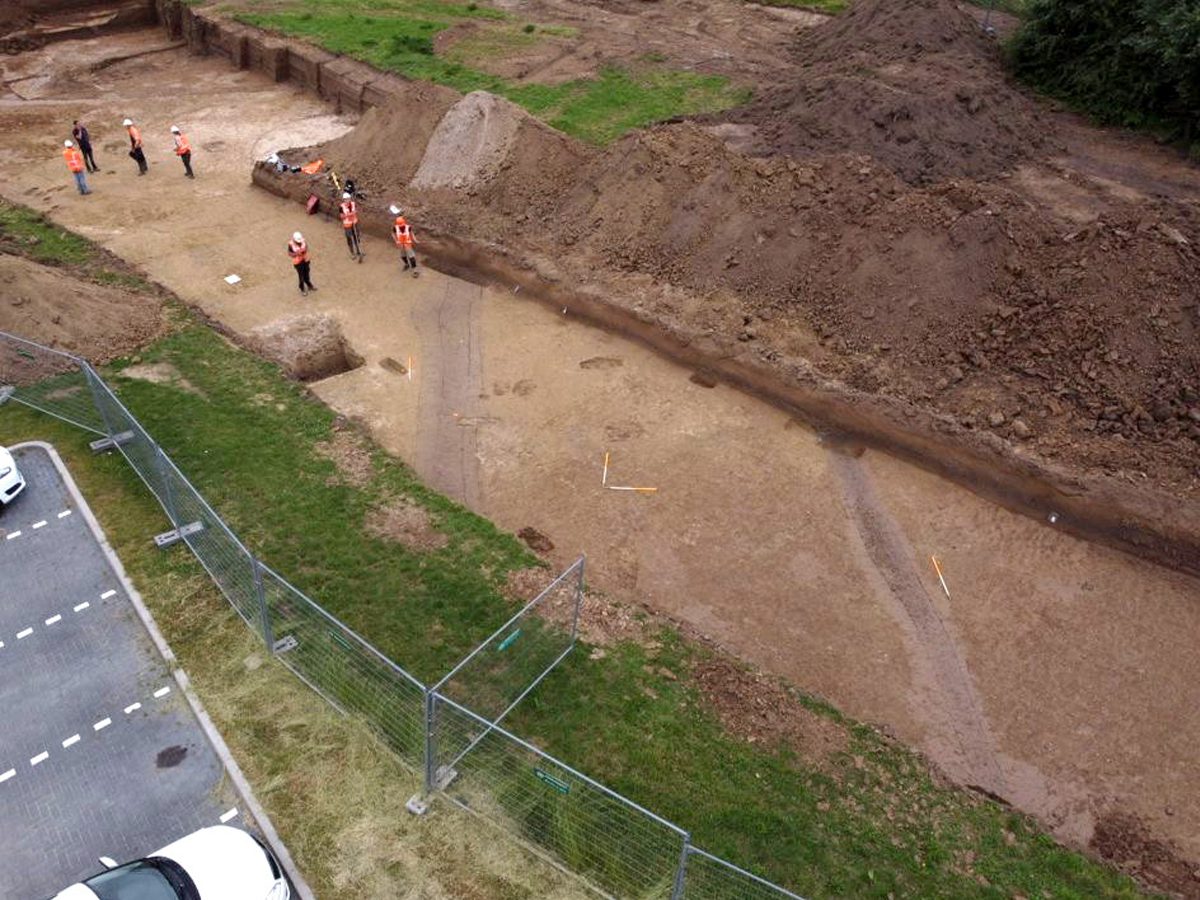Archaeologists have discovered a major Roman military road, and a canal near the city of Oosterhout in the Netherlands.
Excavations were conducted by RAAP during research along the Wolferen-Sprok dyke improvement project, revealing a 10-metre-wide canal and military road, constructed around 2000 years ago.
For around 450 years, from around 55 BC to around 410 AD, the southern part of the Netherlands was integrated into the Roman Empire.
The Romans established a number of towns and smaller settlements in the Netherlands, and reinforced the Limes Germanicus with military forts. More notable towns include Ulpia Noviomagus Batavorum (modern Nijmegen) and Forum Hadriani (Voorburg).

The canal was large enough for ships to navigate, and may have connected Noviomagus Batavorum to the Rhine. It is likely that the canal served the troop deployment along the Roman frontier, along with the transportation of building material and food for military application.
During the project, the researchers also excavated several Roman houses from a settlement adjacent to the canal, and a horreum, which was a type of public warehouse to support an industry for the transhipment of goods.
The discovery has led to the image of the infrastructure in the Roman Netherlands between the major rivers to be revised. The Roman army probably played a major role in the development of these large infrastructural works, leading to the emergent of new settlements that attracted trade during the 1st century AD.
Header Image Credit : RAAP





